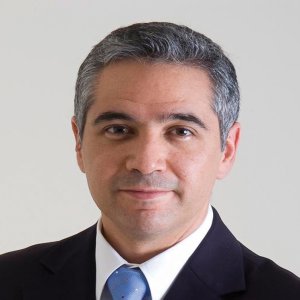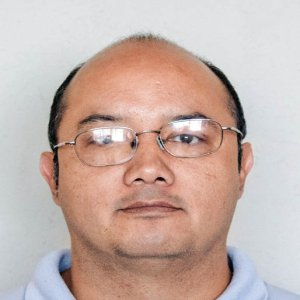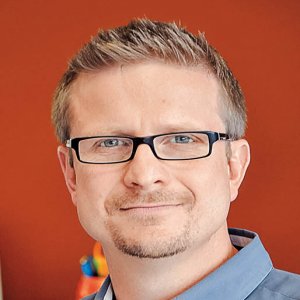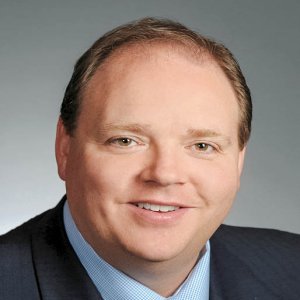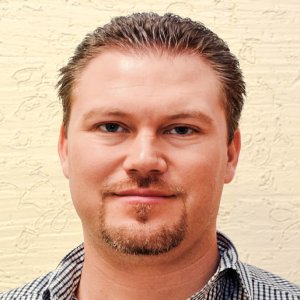Innovation in Range of Industries Benefits Automotive Sector

STORY INLINE POST
Q: Given that Bosch operates in a wide range of areas, how do you maintain direction and a leading position in each of these areas?
A: Bosch does offer a huge variety of products and services, but the real key is to look at our common denominators, which are energy efficiency, safety, environmental protection, and economic value. All our products are striving to provide the best offer in these four areas. The start/stop system for cars being produced at our plant in Toluca saves 6-7% in vehicle gasoline consumption. The next version of that system currently being developed will actually allow ‘sailing’, meaning that the engine will be turned off if it is not needed, which will provide another 6-7% in savings. Increasingly, we find that our technology also has potential applications in initially unrelated fields. For example, we have begun using hydraulics and pneumatics products, originally made by Bosch Rexroth for industrial use, to provide hydrostatic regenerative braking or hydraulic hybrid solutions for large commercial trucks and buses. In terms of battery technology, we have an advanced understanding of ion lithium batteries, as we were one of the first companies to use different kinds of battery technologies in power tools, prior to their use in electrical cars. This cross-sectorial knowledge and innovation is a result of spending an average 8% of our revenue on R&D each year. We take an idea and quickly bring it to an industrial format where it becomes available to a larger end-user base. This can be seen with antilock braking system (ABS) or electronic stability program (ESP). ABS was invented in 1986 and is now obligatory in most markets, although not yet in Mexico unfortunately. This technology very rapidly filtered down from luxury vehicles to medium range cars.
Q: Bosch’s center of gravity is still very much in Europe. How has the role of emerging markets like Mexico changed in response to harsher times in traditional markets?
A: In the past, the Americas were certainly not a strong focus for some European companies, who had long enjoyed stable and prosperous conditions. Perhaps the economic climate in Europe will not quickly become as great as it was, but it will always remain a key focus for us due to its consumer sophistication. For 107 years, Bosch has been invested in North America, and the region is part of the group’s strategy to strengthen its global presence. We all know that China is going to outgrow the US, but North America will be bigger than China economically for many decades to come. Latin America as a whole has been incredibly stable for a long time; its market is calculable, and predictable to a reasonable degree. Mexico itself is an interesting emerging market with similarities to Thailand, Turkey, and Colombia, but it will have different economic rules for many decades to come to markets such as Nigeria. Mexico is a very hybrid market, which demands goods on the entire spectrum from cheap to expensive.
Q: What is your current growth focus in the Mexican market?
A: Automotive is a huge focus for Bosch worldwide and the same applies to Mexico. In terms of general manufacturing, we want to produce more and we want to increase the value that we can add in Mexico both on our own and through Mexican suppliers. In terms of R&D, we have been very closely involved on the application and process side until now, but we want to become much more engaged in the development of products while using more Mexican human capital. We are opening service and engineering hubs in Guadalajara, based on the model we currently have in Bangalore, India, while we are also cross-training our engineers. Engineers from India will be leading the program as they are accustomed to selling their services independently. They started with few engineers but they have now grown to 12,000, which shows that they did something right. We are currently hiring for the engineering hub and we are more than happy with the number of engineers graduating in Mexico, which has reached 145,000 each year. This is over three times as many as in Brazil and almost as many as in the US. Bosch also has a special edge in the aftermarket area as we actually create many of the components ourselves. This gives us an edge in not only understanding the products but in training our Bosch Service franchisees, of which there are 14,000 branches in the world. Since we experience our own products in the field when we repair and replace pieces, we can feed that knowledge back to our OEM customers. This ability to share knowledge gives us an extra advantage.
Q: What are the main trends influencing the direction of Bosch’s entire portfolio?
A: Our focus is on energy efficiency and environmental protection, as well as safety, security, and convenience. We are also increasingly focused on connectivity and the Internet of Things. Take safety, for example. In the 1970s, the safety of an individual product depended on its use by a clearly defined user group or a single user. This was known as passive safety. Bosch is now far more interested in how to improve safety by collecting information from the relevant environment, which is known as active safety. A person’s ability to react to the surrounding environment is limited, so we need to provide information from that environment more directly. Our ultimate goal is accident-free driving. As products and devices are increasingly networked over the Internet, this provides huge opportunities for Bosch to create new business models and many chances for cross-organizational solutions. Improved safety also very often leads to energy savings.
Q: How are you going to ensure that you maintain access to the right human capital?
A: Bosch’s strength is in its diversity and what that offers in terms of career trajectory. An engineer working for Bosch has the opportunity to become highly specialized and gain a wealth of experience in different areas. Engineers often get tired of working in one area for a long time, but Bosch offers the unique possibility of working across a variety of fields. The 8% of our revenue that we invest in R&D each year is also highly attractive to engineers. Bosch’s number of patent registrations is equivalent to 20 per working day. We produce products that make a lot of sense to produce.
Q: Holding so many patents means that Bosch has to drive trends rather than react to them. How does this influence your relationship with OEMs?
A: The interplay between OEMs and top suppliers is extremely positive. OEMs are extremely receptive along the whole value chain to new ideas that make their products more attractive to their customers. Most innovations you see at car shows are driven by suppliers. 50 years ago, OEMs could perhaps dominate every technological development inside a car, but they can no longer do that. Today, given a car’s complexity, they rely on and collaborate with suppliers heavily for advancements. The race for who comes up with the best innovation is a very positive one, because you cannot be competitive with commodities alone. Both the OEMs and suppliers are equally focused on value added innovative products.
Q: Which of your recent innovations have had the biggest impact on the automotive industry, and what is the next big development in your pipeline?
A: Many sophisticated innovations have been seen in recent years, but the start/stop system might have had the most far-reaching impact. This is another solution like ABS/EBS that does not require a lot of additional hardware, although it does require software. I foresee it first being bought by customers interested in fuel savings and then becoming mandatory to help countries achieve emissions reductions. Another example is the use of radar to improve safety. The challenge for us is to create the smallest radar that can be positioned on the furthest edge of the car to achieve the greatest range. This does not sound very complicated, but the smaller the radar becomes, the less sensors are needed and the more accessible it becomes in terms of price, which makes it a very important development.
Q: What are your future manufacturing ambitions in Mexico?
A: The last few years have seen us invest increasingly in Mexico. In 2013, we invested US$100 million, followed by around US$150 million in 2014. In July, we also announced an investment of US$546 million to come over the next few years, accompanied by the goal of creating 3,000 new jobs in Mexico by 2017. This represents a massive investment for a Tier 1 company in one country. We are investing in existing sites. Today we are producing some of the most sophisticated products in our product portfolio, such as parts for our newest ESP which is an important element for some top range cars, and we are confident that this product will be produced to the highest quality standards in Mexico. The ESP is a high-end, precise product aimed at a demanding clientele. This confidence says a lot about our trust in Mexico and our associates here.



